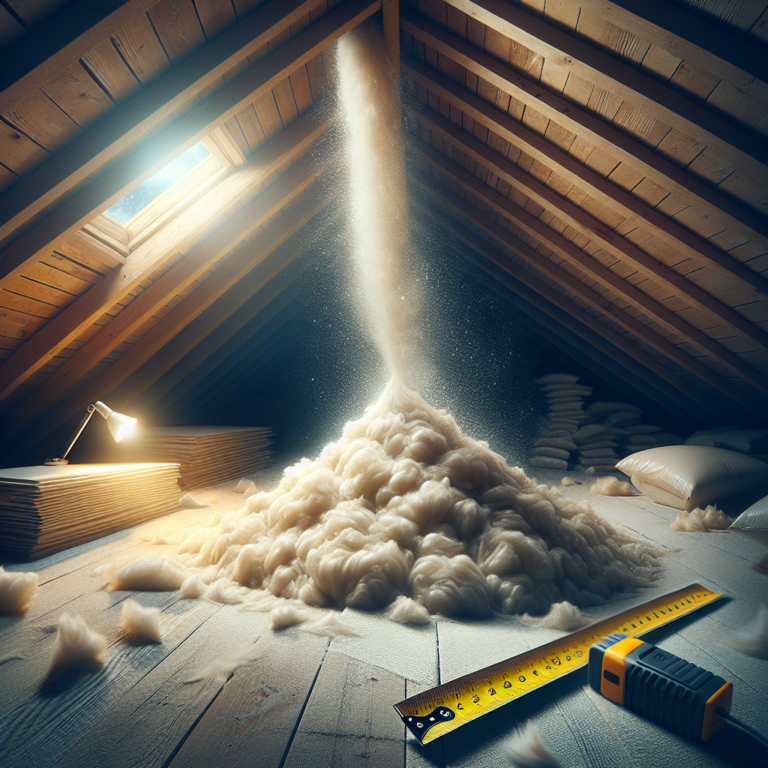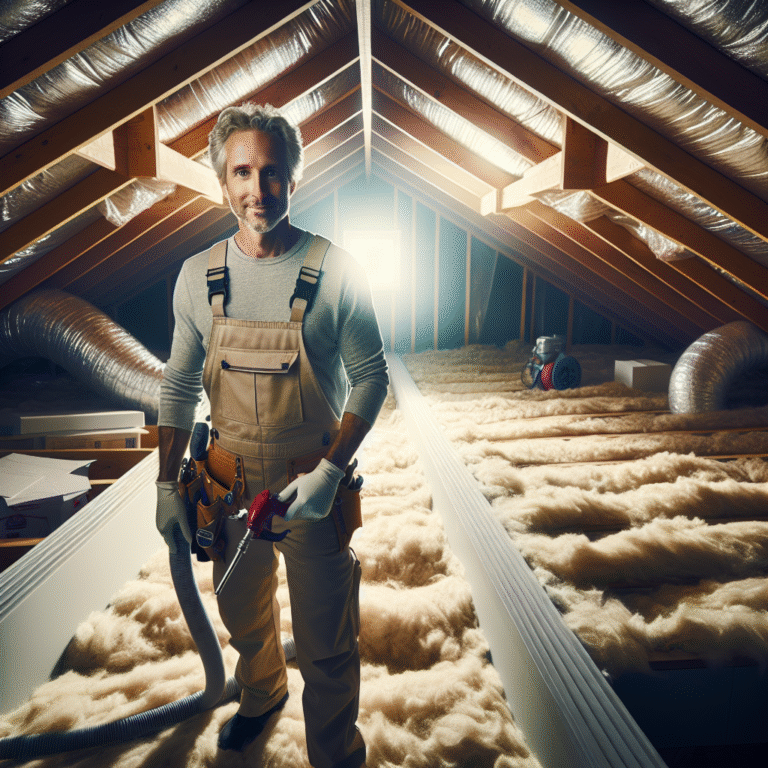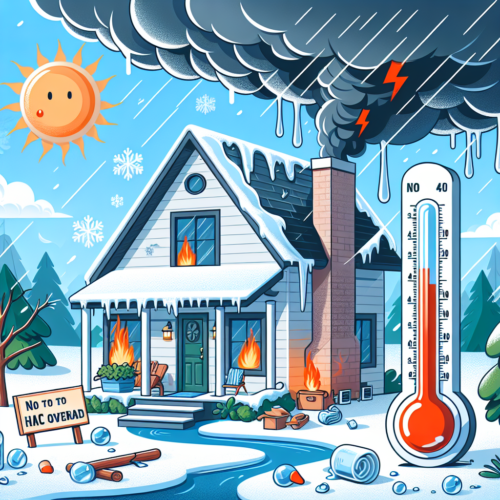Unlock Massive Energy Savings with Attic Insulation in Houston: 4 Blown In Insulation Questions Answered
Table of Contents
1. Introduction
2. Benefits of Blown-In Insulation for Attics
3. How Blown-In Insulation Can Save Energy Costs in Houston
4. Common Questions and Answers about Blown-In Insulation
4.1 What Is Blown-In Insulation Made Of?
4.2 How Is Blown-In Insulation Installed?
4.3 How Much Insulation Does My Home Need?
4.4 Is Blown-In Insulation Safe?
5. Conclusion
Introduction
Dallas may get hot, but Houston’s summer heat is another beast entirely. If you’re tired of soaring energy bills and uneven temperatures, blown-in insulation could be the game-changer your home needs. This article dives into four key blown in insulation questions, explains why attic insulation matters in Houston’s climate, and shows how this upgrade unlocks massive energy savings. By the end, you’ll know whether blown-in insulation is the right investment for your comfort and budget.
Benefits of Blown-In Insulation for Attics
Why does blown-in insulation top the list for attic upgrades?
• Customized Coverage: Loose-fill fiberglass, cellulose, or mineral wool fills every nook and cranny, sealing gaps batt insulation can miss.
• High R-Value per Inch: Blown-in insulation often delivers a higher R-value in tight attic spaces, so you achieve superior thermal resistance with less material.
• Consistent Comfort: By reducing heat transfer through the attic floor, blown-in insulation helps maintain an even temperature throughout your home, easing the load on your HVAC system.
• Noise Reduction: Its dense, fibrous structure dampens sound, so you’ll notice less street noise or HVAC racket.
• Sustainable Choice: Many blown-in products use recycled materials and contain no harmful chemicals, making them an eco-friendly option for families and pets.
How Blown-In Insulation Can Save Energy Costs in Houston
Houston’s average summer high hovers near 95°F, driving your air conditioner into overdrive. Proper attic insulation is your first line of defense against sky-high cooling bills. Here’s how blown-in insulation pays you back:
1. Air-Sealing Performance
Heat gain happens where warm outdoor air seeps in. Blown-in insulation conforms to irregular joists, rafters, and vents to create a tighter barrier. Fewer leaks mean less work for your AC unit—and smaller utility bills.
2. Thermal Mass and R-Value
A higher R-value slows heat flow, keeping your attic—and the rest of your house—cooler. Because blown-in insulation packs densely, it delivers peak performance in the narrow space above your ceiling.
3. Year-Round Efficiency
While attic insulation is often pegged as a winter upgrade, it’s equally vital in summer. Blown-in insulation keeps heat out in June and retains warmth in December, smoothing seasonal spikes on your energy statement.
4. Fast Payback
Although blown-in insulation requires an upfront investment, Houston homeowners typically recoup their costs through energy savings in just a few years. Over a 10- to 20-year lifespan, the savings can triple or quadruple your initial outlay.
Common Questions and Answers about Blown-In Insulation
4.1 What Is Blown-In Insulation Made Of?
Blown-in insulation comes in three primary materials:
– Fiberglass: Non-combustible, moisture-resistant, and affordable.
– Cellulose: Made from recycled paper treated with fire retardants—eco-friendly but slightly heavier.
– Mineral Wool: Offers superior fire and sound resistance, with a mid-range R-value.
4.2 How Is Blown-In Insulation Installed?
A trained technician uses a blowing machine to pneumatically fill your attic or wall cavities. Preparation involves sealing major air leaks and ensuring proper attic ventilation. The installer will “fluff” the material for uniform depth and density to guarantee consistent performance.
4.3 How Much Insulation Does My Home Need?
Several factors determine the ideal insulation depth:
– Climate Zone: Houston falls in Zone 2, where the Department of Energy recommends R-38 to R-60 for attic floors.
– Existing Insulation: Remove or build on top of any settled insulation to reach target R-value.
– Attic Layout: Sloped ceilings, knee walls, and HVAC protrusions may require extra material for full coverage.
A professional energy audit can pinpoint gaps and recommend the precise amount of blown-in insulation needed.
4.4 Is Blown-In Insulation Safe?
Yes. When properly installed by a licensed contractor, blown-in insulation poses minimal health risks. Fiberglass and mineral wool are inorganic and fire-resistant. Cellulose is chemically treated to slow combustion. Installers wear protective gear, and once the material settles, it remains inert behind your ceiling.
Conclusion
Investing in blown-in insulation is one of the smartest moves Houston homeowners can make to curb energy costs, enhance comfort, and reduce environmental impact. By sealing air leaks, boosting R-value, and conforming to every crevice in your attic, blown-in insulation unlocks massive energy savings year-round. Ready to transform your home’s efficiency? Consult a professional contractor today and start maximizing your Houston energy savings with blown-in insulation.












